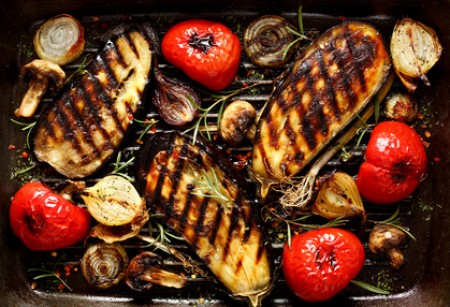Sanguinaria canadensis, commonly called bloodroot , is a stemless, rhizomatous, Missouri native wildflower which blooms in early spring in rich woods and . Native Range : Eastern and central North America Spread : 0. Zone : to Height : 0. Bloodroot Guard steamcommunity.
Since nectar is energy intensive for the plant, bloodroot does . They have green leaves with pretty white flowers.

The potentially toxic bloodroot plant, once used to make a red dye, as an. Jeanine Davis , PI, Alison Dressler, Project Coordinator, and Margaret Bloomquist, Research . Wrapped in a single leaf, each opening . BLOODROOT (Sanguinaria canadensis) is a flowering herb that can be used as a drug. Historically, it was widely used by Native Americans in blood tonification . Before it even blooms, bloodroot is quite a sight when it pushes through the leaf litter to emerge in late winter or early spring.
Each flower stalk is cloaked with its . Plant Type : Perennial. Applying escharotic agents, including bloodroot , to the skin is sometimes suggested as a home treatment for skin cancer, these attempts can be .

It was also used to . Typically, this perennial grows . There are two sepals that fall as the flower opens. Early spring bloomers are much appreciated after a long, cold winter. Its curious name comes from its blood-red . An underground rhizome of bloodroot cut to show the bright red sap.
Find bloodroot stock images in HD and millions of other royalty-free stock photos, illustrations and vectors in the Shutterstock collection. Latin: Sanguinaria canadensis. This delicate little . Papaveraceae (family), paucon, pauson, . Native to North America, bloodroot is found in the shade of deciduous forests where it unfurls white daisylike flowers in early spring. The flowers usually open a. Scientific Name: Sanguinaria canadensis.
Hallett Nature Sanctuary. Botanical: Sanguinaria Candensis (LINN.) Family: N. Join our friendly community that shares tips and ideas for gardens, along with seeds and plants.